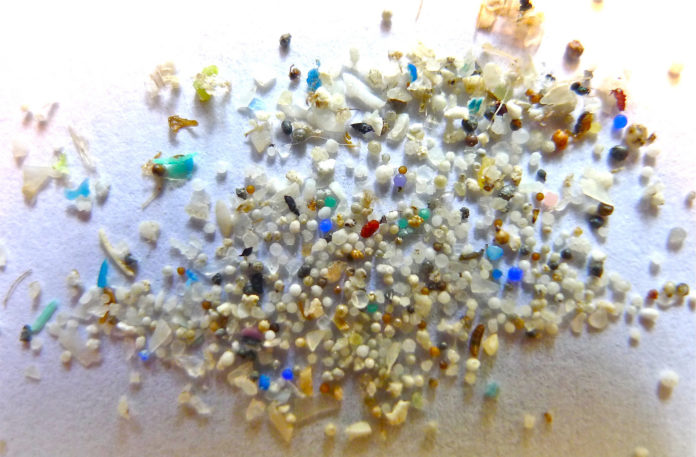Microplastics found in human stools from participants across the globe
Microplastics have been discovered in every human stool sample collected from 8 countries across the globe.
The microplastics included polypropylene (PP), polyethylene-terephthalate (PET) and others, a research presented at the 26th UEG Week in Vienna revealed.
Use of plastics have gone up dramatically in the last few decades. They are pervasive in everyday life and humans are exposed to plastics in numerous ways as most plastics end up polluting soil, air and water.
Plastics are consumed by sea animals and enter the food chain whereas plastics in soil hamper growth of vegetables that are likely to be consumed by humans. Significant amounts of microplastic have been detected in animal guts and fishes like tuna, lobster and shrimp.
CONTAMINATION OF FOOD THROUGH PROCESSING OR PACKAGING AS A RESULT OF PLASTIC WRAPPED FOOD ITEMS AND DRINKS IN PLASTIC BOTTLES HAVE ALSO BEEN CITED. BURNING OF PLASTICS ADDS TO AIR POLLUTION
Contamination of food through processing or packaging as a result of plastic wrapped food items and drinks in plastic bottles have also been cited. Burning of plastics adds to air pollution.
Microplastics are small particles of plastic less than 5mm and are used in various products. Microplastic may impact human health via the GI tract where it could affect the tolerance and immune response of the gut.
Researchers from the Medical University of Vienna and the Environment Agency Austria monitored a group of participants from countries across the world, including Finland, Italy, Japan, the Netherlands, Poland, Russia, the UK and Austria.
The results show that every single stool sample tested positive for the presence of microplastic and up to nine different plastic types were identified.
The study was conducted with eight participants from different countries. Each person kept a food diary that showed that all participants were exposed to plastics by consuming plastic wrapped foods or drinking from plastic bottles. None of the participants were vegetarians and six of them consumed sea fish.
The stools were tested at the Environment Agency Austria and up to nine different plastics, sized between 50 and 500 micrometres, were found, with polypropylene (PP) and polyethylene terephthalate (PET) being the most common. On average, the researchers found 20 microplastic particles per 10g of stool.
Lead researcher Dr. Philipp Schwabl, who presented the findings at the 26th UEG Week, commented: “While the highest plastic concentrations in animal studies have been found in the gut, the smallest microplastic particles are capable of entering the bloodstream, lymphatic system and may even reach the liver. Now that we have first evidence for microplastics inside humans, we need further research to understand what this means for human health.”


